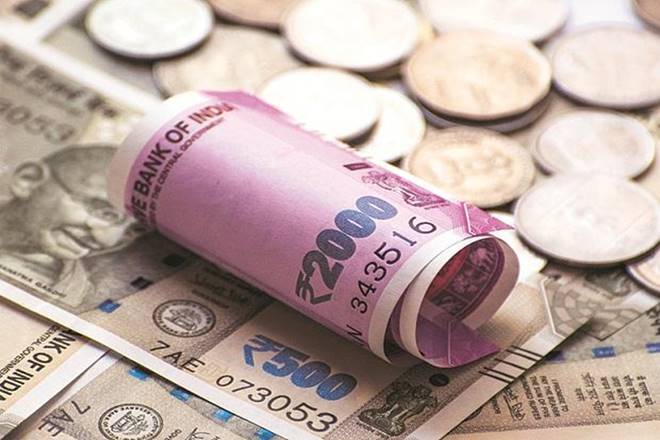India is likely to report that the nation’s economy grew in double digits in the fiscal first quarter, mainly due to base effect, but also helped by consumption boost and demand improvement. Analysts estimate India’s GDP in April-June quarter grew as much as 16% on-year, as the economy staged a full recovery from Covid-led restrictions. SBI research expects a 15.7% on-year jump in India’s GDP in the first quarter. “Growth is expected to be about 15.7% with a huge possibility of an upward bias on account of various indicators showing good progress in the Indian economy,” the report said.
Read More:-Sensex, Nifty rebound over 2.5pc on strong gains in banking, IT stocks
Economy at full recovery from COVID-19, trade activity at peak
Barclays estimates India’s economic growth to have accelerated to 16% on-year in the Apr-Jun quarter. The firm expects India’s economy to show a full recovery from COVID in the quarter under review, with the services sector fully open, trade activity at a peak and domestic demand holding strong. The robust sequential recovery in place since Q1FY21, when COVID-19’s Delta variant forced widespread lockdowns, likely hit another high in Q1FY23, said analysts Rahul Bajoria and Virinchi Kadiyala in the report. “The economy was fully opened, with all activity restrictions removed. While some supply headwinds were evident in the form of lingering intermediate-good shortages and higher input costs, we expect both the domestic goods and services sectors to show impressive recoveries in the first quarter,” they added.
Read More:-Dreamfolks Services IPO Share Allotment Tomorrow: How to Check Status; Know GMP
Net exports likely to be a drag due to high crude oil price in Q1
“We expect GDP to grow by 14%-14.5% year-on-year in Q1 FY23 backed by low base and strong domestic demand,” said Ritika Chhabra, Economist and Quant Analyst, Prabhudas Lilladher. “A broad based pickup was observed across consumption, services industry and investment. We expect the private final consumption expenditure – a measure of demand, and gross fixed capital formation – a measure of investment, to grow by 16% and 14%, respectively. However, net exports will be a drag due to high average crude price during Q1,” Chhabra added.
Read More:-IDBI Bank Stake Sale: Govt Might Invite Preliminary Bids Next Month, Says Report
India may report fastest pace of growth in a year during Q1
A Reuters poll of 51 economists estimated a 15.2% surge in economic output, faster than 4.1% growth rate in the preceding quarter. If realised, this will also be the fastest pace of growth in a year. Meanwhile, ICRA also suggested that India’s GDP in the first quarter of the current fiscal may have grown in double digits at 13% owing to a low base and robust recovery in the contact-intensive sectors following the widening vaccination coverage. “The anticipated double-digit GDP expansion in Q1 FY2023 benefits from the low base of the second wave of Covid-19 in India in Q1 FY2022 as well as the robust recovery in the contact-intensive sectors following the widening vaccination coverage,” said Aditi Nayar, Chief Economist, ICRA.
Read More:-Q1 GDP Data Today: 5 Things To Watch Out For In Latest Economic Growth Numbers
GDP growth print of over 7% in FY23 possible?
Acuité Ratings & Research expects India’s GDP growth in Q1 FY23 to register at 15%-16% on an annualised basis amidst support from a favourable statistical base due to the adverse impact of the disruptive Delta Covid wave in the previous year along with continued recovery in the services sector aided by pent-up demand, especially in sectors such as tourism, hospitality. Normalised personal mobility and an expansive vaccination coverage is also expected to aid growth. The GDP data is due for release post market hours today.
Mixed signals for Indian economy, lack of momentum in some indicators
Suman Chowdhury, Chief Analytical Officer, Acuité Ratings & Research, said “Our Acuité Macroeconomic Performance index (AMEP) index provides mixed signals on economic growth in the current fiscal; beyond the base factor, the double digit annualised growth nos for most macro indicators reflects resilience and a gradual pickup in services sector as well as domestic private consumption despite inflationary headwinds and the global slowdown. This makes us optimistic about a GDP growth print of over 7.0% in FY23. On the other hand, a few high frequency indicators such as rail freight, exports and diesel consumption have shown a lack of steady and sustainable momentum, leading to moderate downside risks to that forecast.”





































